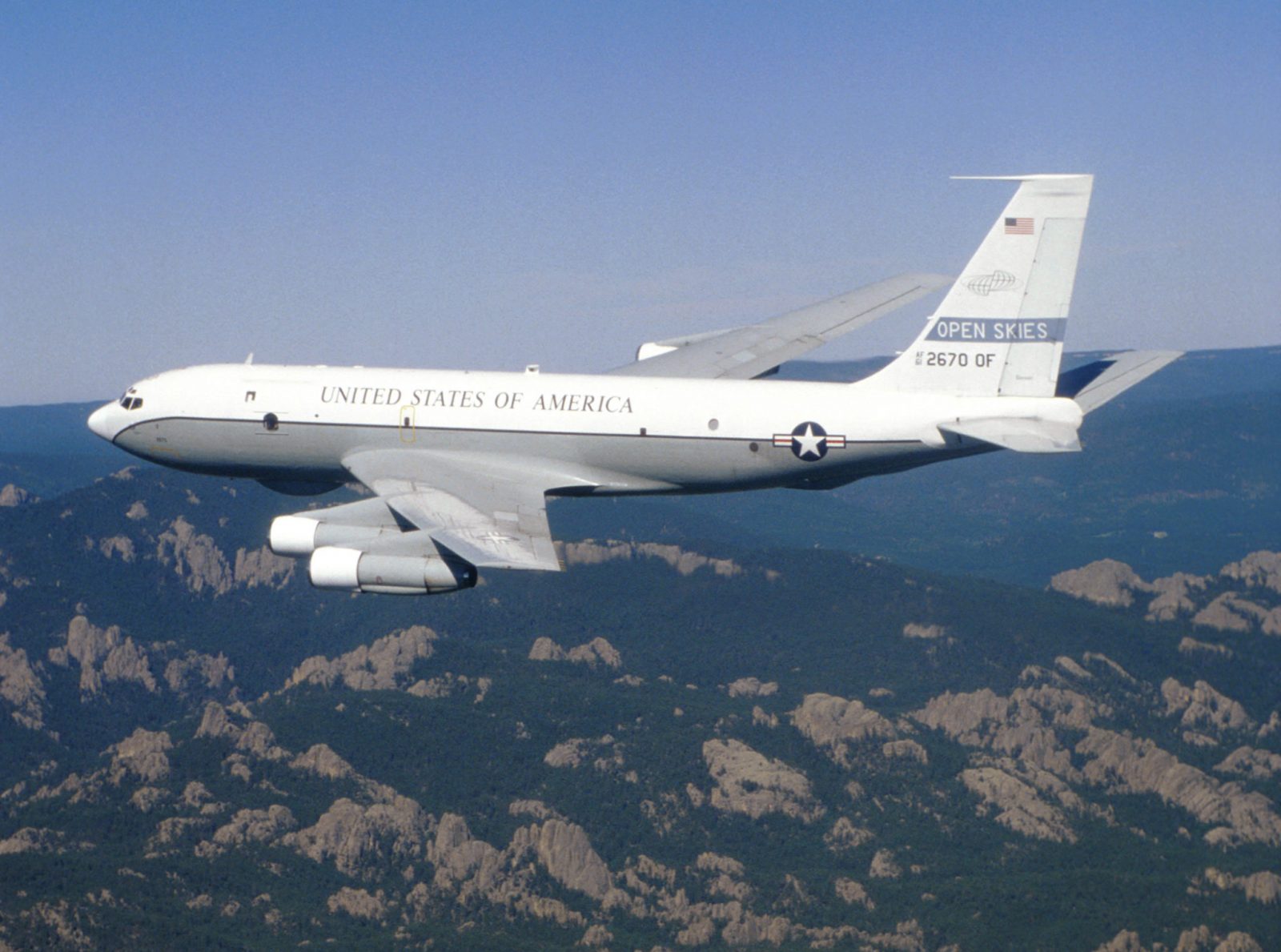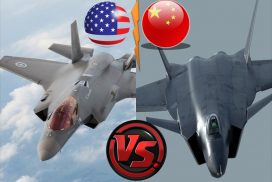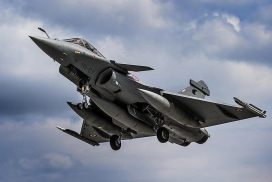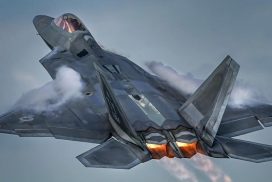In the 1950s, an Open Skies Agreement was proposed as a way to build relations between the United States and the Soviet Union. President Eisenhower formulated the idea for this, and even if a treaty was never signed, the Russian policies were lax enough to allow for President George H.W. Bush to open up the treaty in the 1980s as a means to build confidence, security, stability and predictability. The treaty was signed by NATO members and members of the Warsaw Pact which finally came into force in the year 2002.
The Treaty on Open Skies Agreement allowed party states to perform flights of unarmed aircraft for passive, observational purposes on short notice. This went a long way in providing the transparency and openness between member states. The 35 signatory states that entered into the treaty are: Belgium, Bosnia-Herzegovina, Belarus, Bulgaria, Czech Republic, Croatia, Canada, Denmark, Finland, Estonia, France, Germany, Greece, Georgia, Iceland, Hungary, Latvia, Italy, Lithuania, the Netherlands, Kyrgyzstan, Luxembourg, Poland, Norway, Romania , Portugal, Russia, Sweden, Slovenia, the Slovak Republic, Spain, Ukraine, Turkey, the United States, and the United Kingdom. It is one of the most widely encompassing international endeavours to promote transparency and openness in the military.
The Treaty on Open Skies Agreement includes all terrain over which member states lay sovereignty claim over, including Islands and International waters. It must be noted, that flights can be restricted for safety reasons and not for national security. Participants regularly open airspace to other members on a reciprocating basis. This not only promotes transparency but also builds confidence to facilitate for verification of arms control and agreements of disarmament.
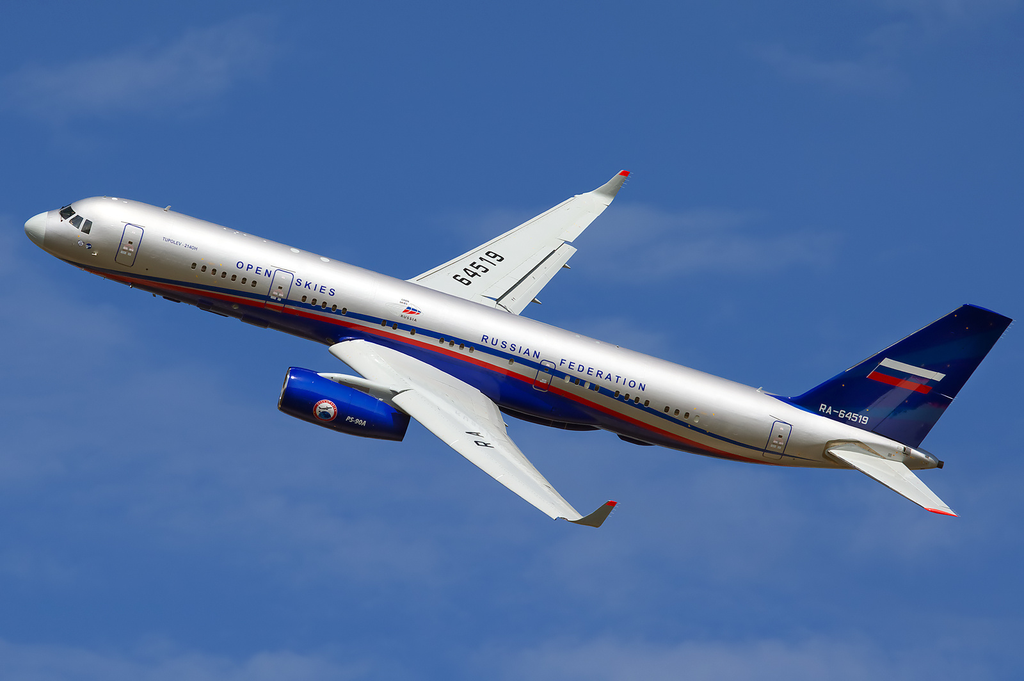
Depending on the countries size of territory, they are assigned a quota which is the total number of flights they can conduct. Observation flights can be conducted only on designated aircraft, provided a 72-hour notice period is given. All observation missions must be completed in a 96 hour time period. Reconnaissance aircraft will have a number of sensors to record data. This includes video cameras with a real-time display for use during day and night, optical panoramic and framing cameras, infrared scanners and sideways-facing synthetic aperture radars. Thus, a state member can distinguish between military equipment and vehicles and this allows for an open relationship between countries military forces.
The data and images collected during a Treaty on Open Skies flight are available for purchase to other state members who are part of the treaty. There has been some concern and criticism by defence officials over Russia’s advanced technology as far as digital electro-optical sensors are concerned as opposed to a conventional film used by the U.S. and other countries, and their restrictions regarding observation over certain parts of their terrain in Chechnya, the Russian-Georgian border, and Kaliningrad. The United States hopes to have advanced sensors by 2019, however, supporters of the Treaty on Open Skies argue about the value of the agreement and express those countries should seek diplomatic measures to resolve conflicts.
Observational aircraft used by different countries is as follows : The United States – USAF Boeing OC-135B Open Skies, Canada C-130 Hercules with “SAMSON” sensors, Russia, Ukraine, Bulgaria, The Czech Republic and Romania, Antonov An-30, Sweden – Saab 340, United Kingdom – Hawker Siddeley HS 780 Andover and Saab 340. More than 1,100 observation flights have been conducted since the Treaty was agreed upon. The United States flies over Russia three times more than Russia flies over the United States, which in a way counters the advanced reconnaissance sensors of Russia.
The treaty on Open Skies establishes a mutual understanding between several countries, by giving them the ability to gather information via aerial images of military fighter aircraft, artillery, armoured combat vehicle and other concerning activities. As of 2016, Russia has expressed their intention of flying over America in aircraft fitted with advanced, hi-tech surveillance equipment and sensors. This has been met with much caution and scepticism from US Government officials and defence authorities. The council has reaffirmed the importance of this treaty in bolstering international relations and security and its effectiveness as a confidence building and transparency measure. The treaty is periodically reviewed in a conference to ensure it conforms to contemporary circumstances. The commission conducts its work by consensus, and they have also emphasised on the expansion of state members to the treaty.

